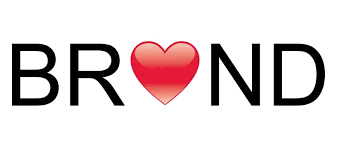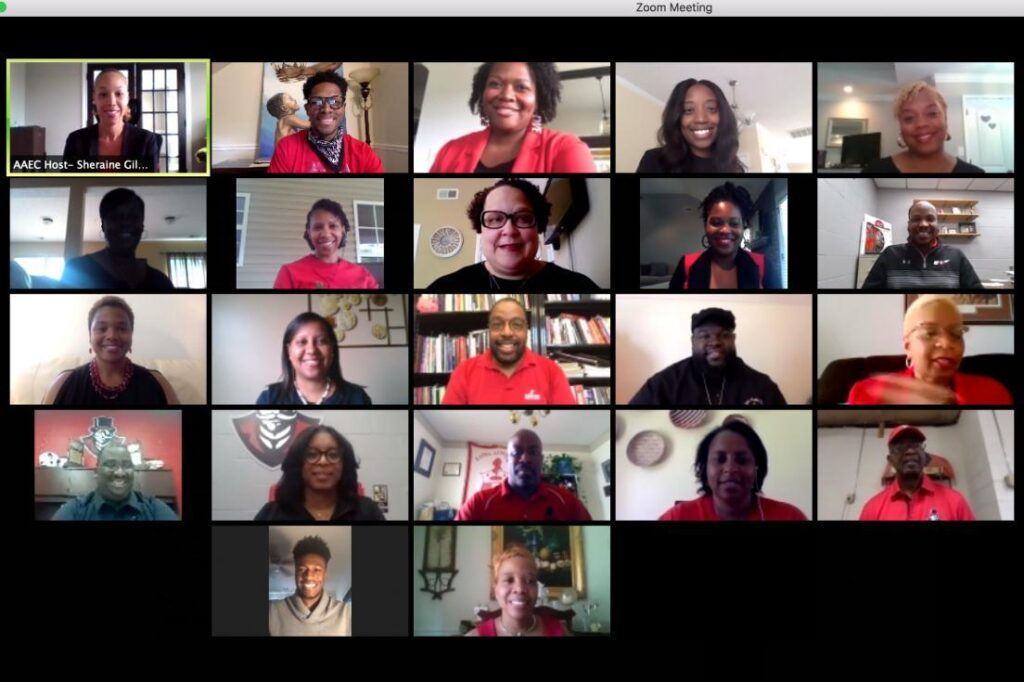To plan or not to plan…
I’ve been interviewing a number of registered dieticians the last few days, all specialists in renal or kidney disease. A fascinating group. This country has about 20 million people with chronic kidney disease and I am guestimating about a half million of those are on dialysis.
A typical marketer in need of a dialysis ad would call the ad agency in, perhaps invite a physician to brief them on disease and treatment. Then the agency would go back to its office, do some budgeting, paperwork and layouts and return 2 weeks later with a picture of a sunset of blue sky and a pithy copy about how the future looks brighter with XYZ product.
What would a brand planner do? (What would I do?)
Having primed the pump by talking to the second, maybe first, line of defense for kidney patients – the dietician – I would like to do a DILO (day in the life of) od a dialysis patient. Anthropologists might call this a quickie ethnography. Wake up in the patient’s house. See what breakfast is like. Ask about dreams (Freud-like). Watch clothes selection. Find out who they call on the phone. Probe feelings. Learn about professional support, caregiver relationships and insurance coverage. Plumb the highs and lows. Listen to the dialog at dialysis check-in. Experience food and drug shopping. Talk meds. Vamp. Care.
In one full day, with his technique, a brand planner could craft an EFFIE winning ad strategy, a medical retailing strategy and a spending level that would redistribute marketing wealth. All in one day. Why are we not doing more or this? Peace.






